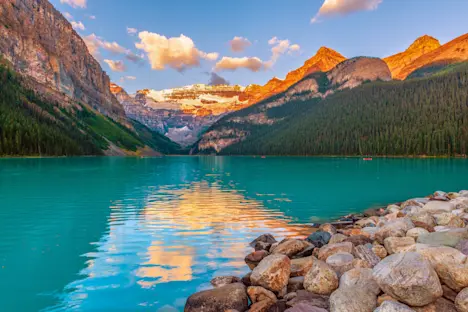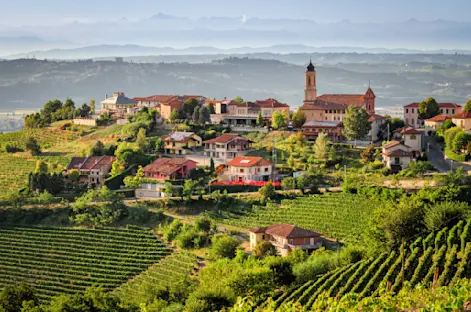
Snow monkey’s in Japan. Photo from pixabay.com
Japan is heavy on all our minds in the wake of the massive earthquake and tsunami that has devastated the country’s northeast region. While I worry with the rest of the world about the fate of the thousands of missing people, nuclear power plants on the brink of a meltdown and the widespread destruction of homes, towns and farms, I’ve also been wondering about some of Japan’s wild creatures, and how they have weathered the upheavals.
Tectonic activity is part of Japan’s dramatic natural geography, and along with seismic activity, we often find geothermal features. The country’s popular “onsen,” bathhouses built for restorative soaking, are built over volcanic springs.

Mother and baby snow monkey in Japan hot springs. Photo Credit: Brian Jeffery Beggerly.. [CC BY 2.0]
Fortunately, the Livecam that the park has set up to provide admirers around the world a daily glimpse of the monkeys confirms that they appear to be just fine – and their onsen looks unscathed as well.

Snow monkeys in the hot springs in Japan. Photo from pixabay.com
Once Japan is able to receive visitors again, one of the best things caring global citizens could do is to spend money in the country as travelers. As with New York after 9/11 or New Orleans in the wake of Katrina, tourism can be a vital contributor to recovery. You might consider a trip to experience Japan’s natural beauty, to observe graceful cranes and watch the snow monkeys’ antics up close and in person.
The Japanese have long had an intimate connection with nature. Though Japan is a populous nation, nature thrives here untamed, in its peaceful beauty and sometimes in its fury.
Ever in awe,
Wendy






























